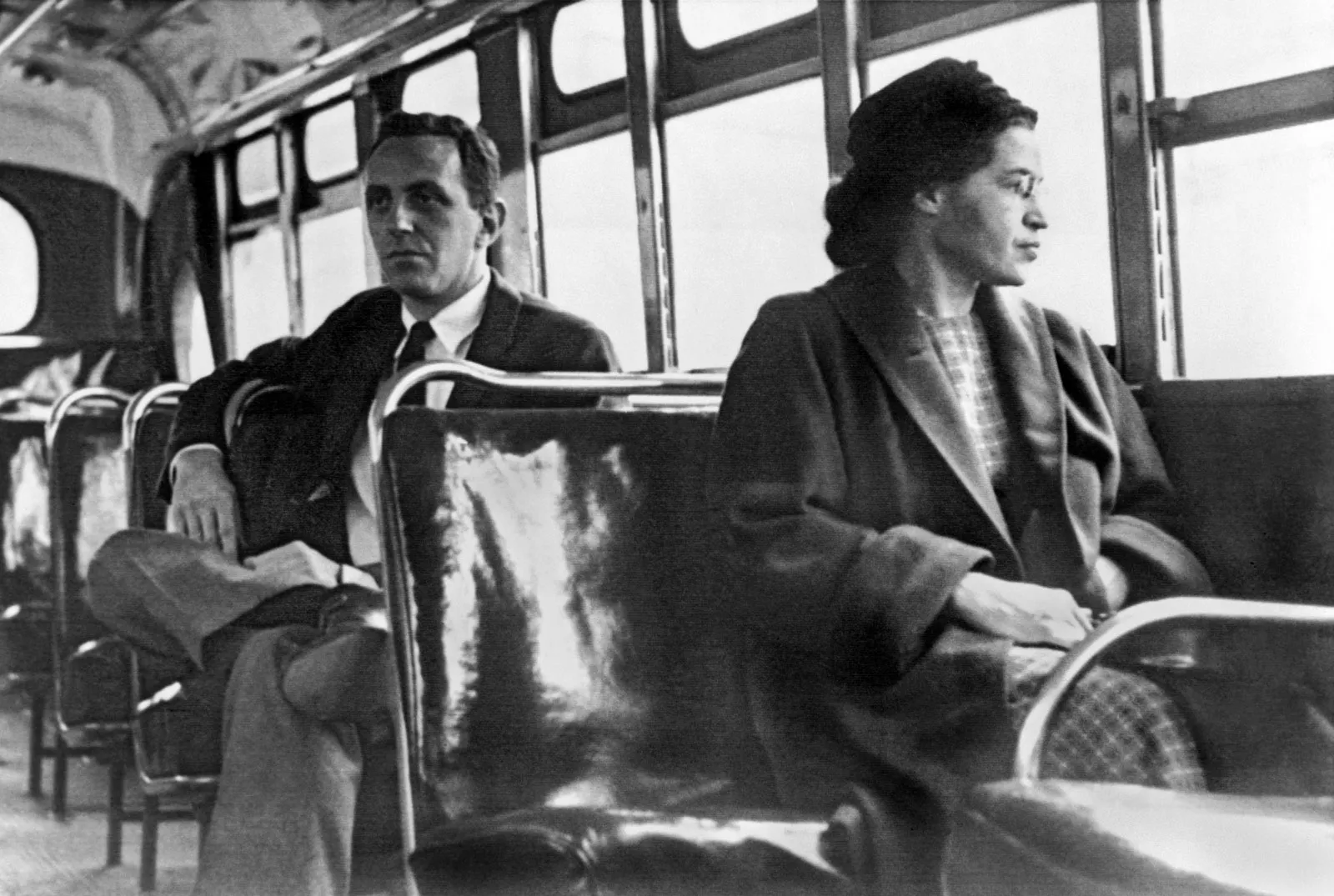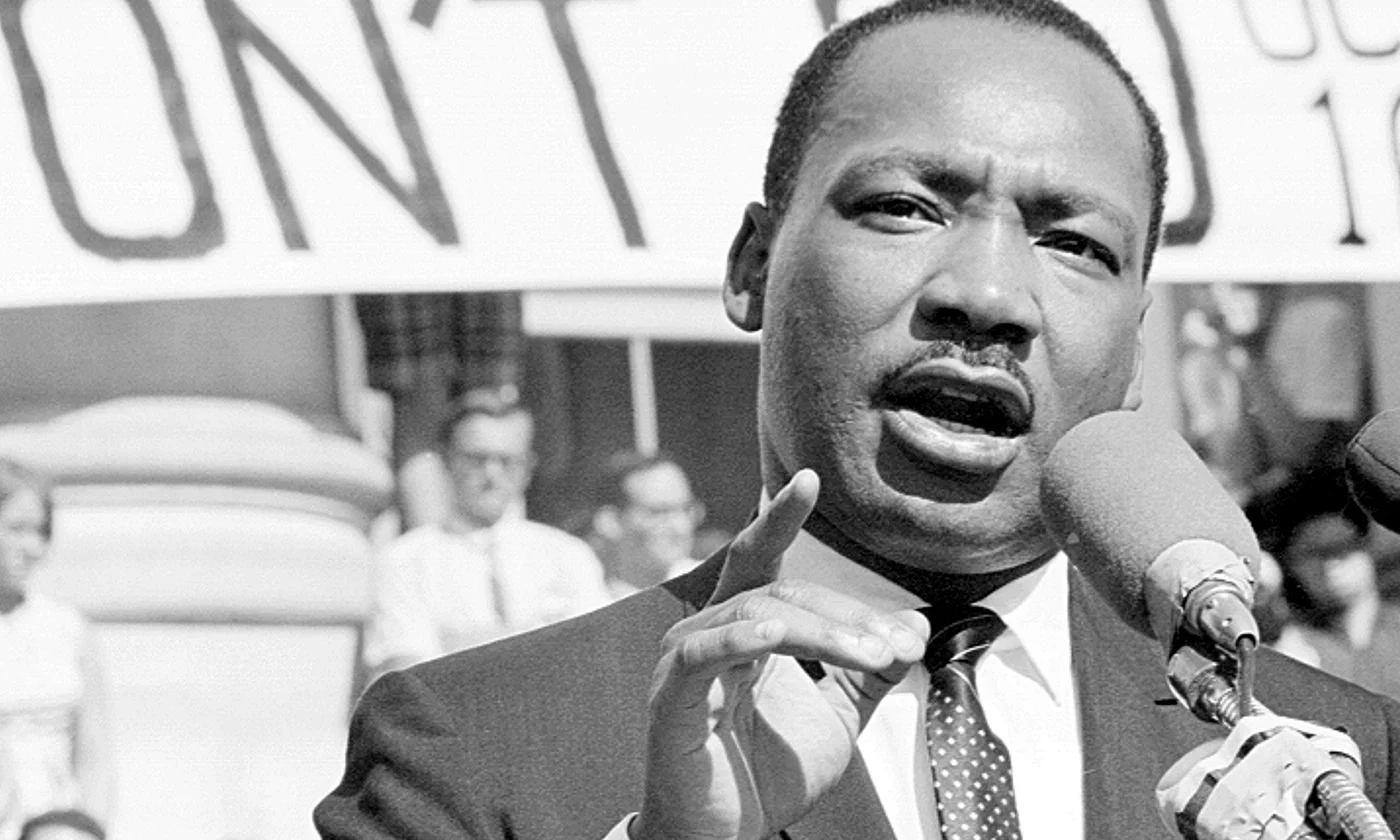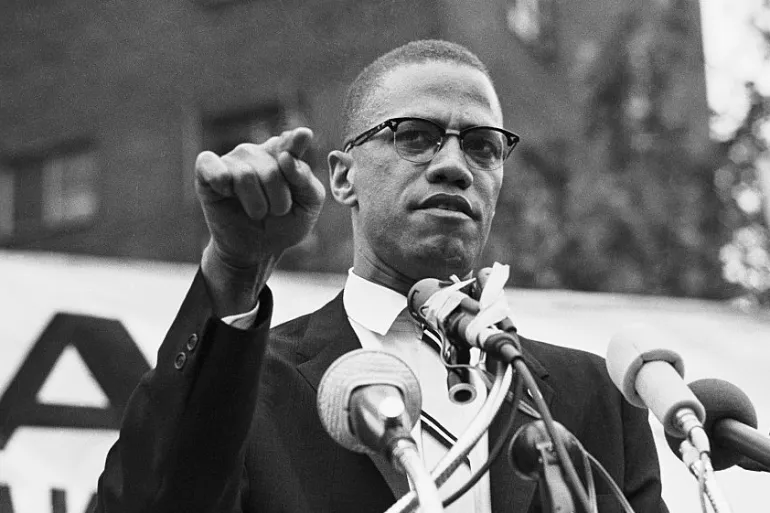- Home
- Social Studies
- Civil Rights
Civil Rights

In 1955, Rosa Parks refused to leave her seat when told to vacate the “whites only” section of the bus in Montgomery, Alabama.
She was arrested for this act of defiance; so, Black people in the city decided to protest by boycotting municipal buses. The year-long boycott ended when the Supreme Court upheld a decision banning segregation on Montgomery buses.
Nevertheless, opposition to integration remained strong in the South, although school integration had already been established in the 1954 decision: Brown v. Board of Education (the year before the Rosa Parks incident).
As more civil rights laws passed African-Americans improved their status while disparities continued. Protests and actions continued as well, including sit-ins, voter registration drives. Social institutions resisted the civil rights movement – some protesters were beaten; some were killed.

One of the leaders of the demonstrations and actions was the charismatic Rev. Martin Luther King, Jr. He insisted on non-violent direct action. He exerted a powerful influence on America. In 1963, a quarter million people responded to his call for a march on Washington where he gave his “I have a dream” speech. The first Civil Rights act was passed a year later.

Yet, faster advances were called for by the Black Power movement. Leaders talked about Black pride and Black nationalism. One of the most influential voices in this movement was Malcolm X, a brilliant preacher of the Nation of Islam. His influential speeches gave impetus to the Black Power movement to address unresolved rights issues – with the use of violence if necessary.
In the mid-1960s the cities of Los Angeles, Detroit, and New York experienced protests that turned into riots. Institutional resistance engendered more violence.
- Then, by 1968, both Martin Luther King and Malcolm X had been assassinated, prompting a wave of shock, grief and anger.
As the nation moved toward the 1970s, other groups – including women – followed African-Americans in declaring their own pride and identity. Although all Americans have equality under the law, the social and economic reality of gaps amongst groups continues.
More …
- What years in American history are considered the Civil Rights era?
- Who were the main activists to advance the cause of civil rights?
- What are the similarities among the Bill of Rights, the International Human Rights Law, and the Universal Declaration of Human Rights?
A medida que la nación avanzaba hacia los años 70 y 80, otros grupos - incluyendo el de las mujeres - siguieron los pasos de los afroamericanos en la affirmación de una dignidad e identidad propias. Pero, si bien todos los estadounidenses gozan de igualdad ante la ley, una disparidad en la igualdad social y económica de la mayor parte de las minorías sigue existiendo hasta el dia de hoy.
Okay, so now I've put on some ads from Amazon - from which I may earn a few cents. (2025)






